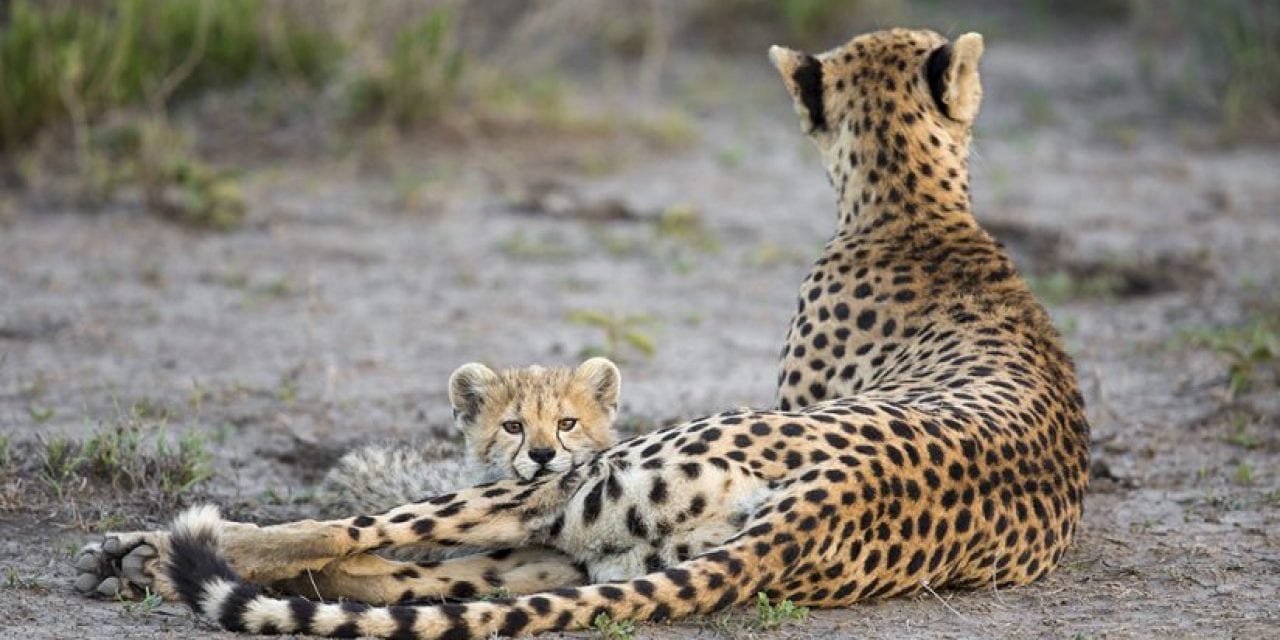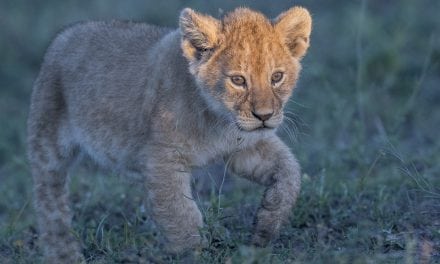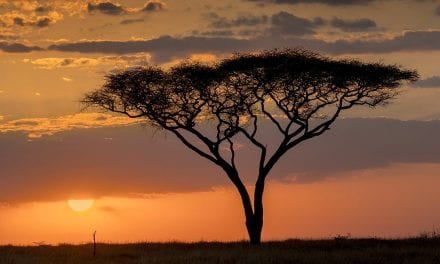
What makes a world-class nature photographer? What path might lead someone to a career making pictures of wildlife all around the world, for instance? With Ashleigh Scully, a teenage photographer from New Jersey, we see a future master photographer in the making. By all appearances, she is the kind of person who inevitably turns her obvious talent and extensive passion for wildlife photography into a lifelong pursuit. Of course, she’s still got plenty of time to figure it out.
You see, Scully is a high school student—and not an imminently graduating senior, but a solidly in-the-thick-of-high-school 16-year-old junior. Sure, she acknowledges the dream of maybe working for National Geographic someday, but what photographer hasn’t considered as much? Smart and dedicated, she already recognizes that no matter how good you might be at 16, dreams don’t come true without direct action. And so while her dreams may involve reaching for the stars, her goals are more straightforward. With a good head on her shoulders and feet planted firmly on the ground, she seems all the more likely to make her big dreams actually come true.
“I’m hoping to major in something like photojournalism in college,” Scully says. “Maybe do some internships or hopefully apply to go on a trip with somebody and be their assistant, or something like that. That’s really as far as I see it right now. I’d love to work for Nat Geo and go on trips and do stories for them, I think that would be incredible. Maybe far down the road, I’d love to open up a gallery. But I’m not 100 percent sure yet. I think I’ve kind of come to terms with that I can’t just set this huge goal without thinking of all the work I have to do to get there.”
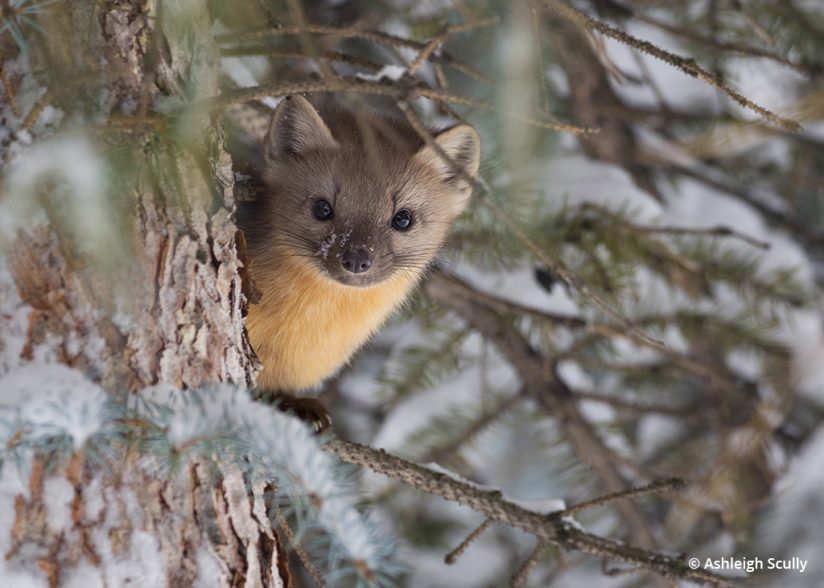
Achieving goals, no matter how large they may loom, seems natural for Scully. She’s already produced two books of photography (proceeds from which are donated to conservation organizations), and she’s received numerous awards from entities such as Yellowstone Forever, Audubon Magazine and the Ellen DeGeneres GirlPower campaign. In 2015, she was the 10-to-13-year-old-category winner of the Por el Planeta International Wildlife Nature and Conservation Photography Competition. In 2017, she won the 11-to-14-year-old category of the Natural History Museum’s Wildlife Photographer of the Year awards and was named the Youth Wildlife Photographer of the Year at the Nature’s Best Windland Smith Rice International Photography Awards last fall. All of these accolades have brought additional opportunities for public speaking, education and workshops—the kinds of things most photographers take on well into their professional careers but which Scully handles after school with aplomb.
“I went and talked at the NANPA Nature Celebration event in Jackson Hole two weeks ago,” she says. “It was great. I gave a talk on the future for wildlife photography. I was a lot more comfortable during that one. My most terrifying one was probably when I gave a talk for Wyoming Untrapped [in 2016, when Scully was just 14 years old] with a friend of mine, Melissa Groo. We gave a talk together at the Jackson Hole Center for the Arts in front of like 500 people. And every time the door opened, Melissa stopped me from running out of it. I’m a lot more comfortable with it now, even though last year it was nobody I knew and this year it was pretty much everybody I knew. So I’m getting more and more comfortable as the opportunities come up.”
“One thing I’ve found I love to do recently,” Scully says, “is teaching kids. I hosted my first little workshop a few weeks ago. It was small, at a local raptor rehab center, so anybody could sign up, teenagers or adults, or even little kids. I kind of did a step-by-step through camera setting processes, like ƒ/stops, ISO, shutter speed, composition, stuff like that. And then we went outside, and they brought a few of the birds out for everyone to photograph, and I just gave some advice.”
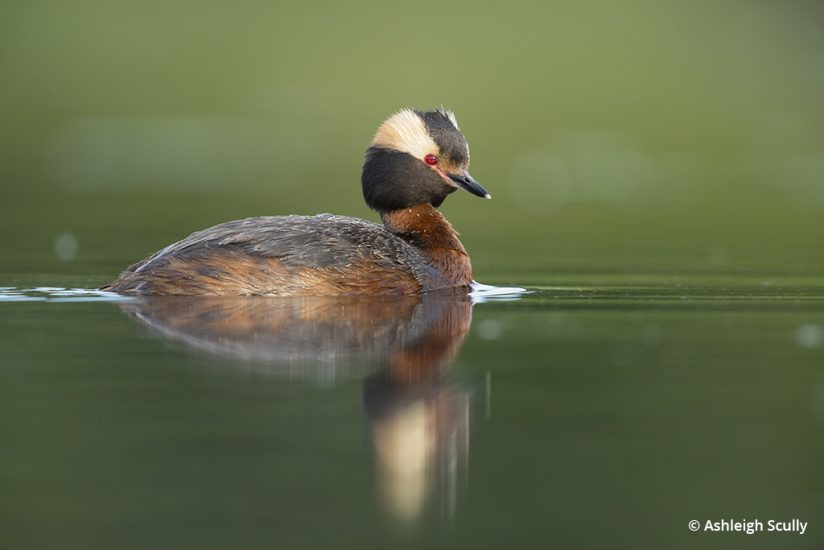
Scully is clearly very thoughtful, which perhaps comes from her eight years in photography. Yes, having started at the tender age of 8, she already has nearly a decade of experience pursuing nature photography and a portfolio any photographer would envy. As such, she possesses a deeper appreciation than most for photography and how to effect meaningful change with a camera. It’s the wildlife that she’s particularly passionate about; photography, you might say, is a means to an end.
“For me,” she says, “first is definitely the love of nature and wildlife. We’re a pretty adventurous and outdoorsy family, and so I spent much of my childhood outside with my brother and sister and our dog. Any time I’d see a bird or a fox or something like that always gets me super excited—probably a little more excited than a normal child would.
“I’m interested mainly in conservation photography,” Scully continues. “I’m trying to focus my photography more on conservation, which I define as using a photo of animals expressing emotion—whether it’s when they’re bonding with their family or being affected by something manmade. I’ve always had a passion for capturing intimate moments of behavior for wildlife. Kind of the side of wildlife that people don’t normally see. For instance, one of my main focuses for the past few years has been to use my bear photos of sows and their cubs to kind of change the predatory view or aggressive view of them. To kind of show the softer side of them.
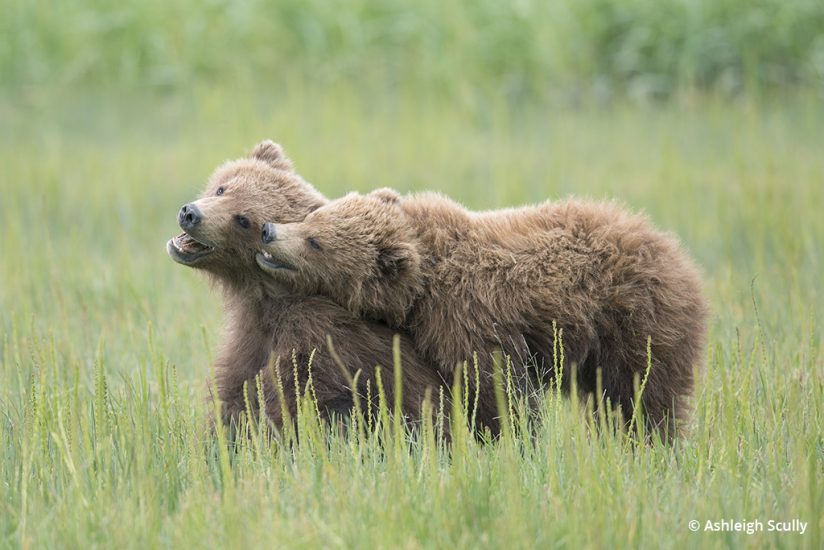
“For me, that’s kind of what creates the most change,” she adds. “Making an impact. When somebody who has never connected with wildlife, who never has thought about trying to help or anything like that, they see this really motivational but kind of sad, in a way, image, it can really have an impact on them, and they can think, wow, this is going on, what can I do to help?”
Scully has picked up some of her passion for conservation from a select group of friends and mentors that include acclaimed nature photographers Groo and Henry Holdsworth, as well as Paul Nicklen and Cristina Mittermeier. They’ve all taken the time to help guide Scully in her pursuits—no matter where they may eventually lead.
“I’ve known Cristina and Paul for a while,” she says. “They were part of a wildlife photography competition called Por el Planeta. I won the youth category, so I flew down to Mexico City and met them there. From there, I went and met them again at the gallery in Soho. I’ve had lunch with Cristina a few times when she comes to my town to give speeches at the theater, and with Paul. I don’t see them as often as I’d like to, because they’re always so busy, but, yeah, they are two people that I really look up to and consider friends. And Cristina’s given me so many great quotes to think about. One of them was to never turn down an opportunity to speak up for wildlife. That’s kind of inspired me to become a little more motivated to do public speaking. She’s definitely a big influence there. And when I was talking about the internships, that’s the kind of things that she does. So hopefully it’ll be a summer during college or after college I get to do something like that.”
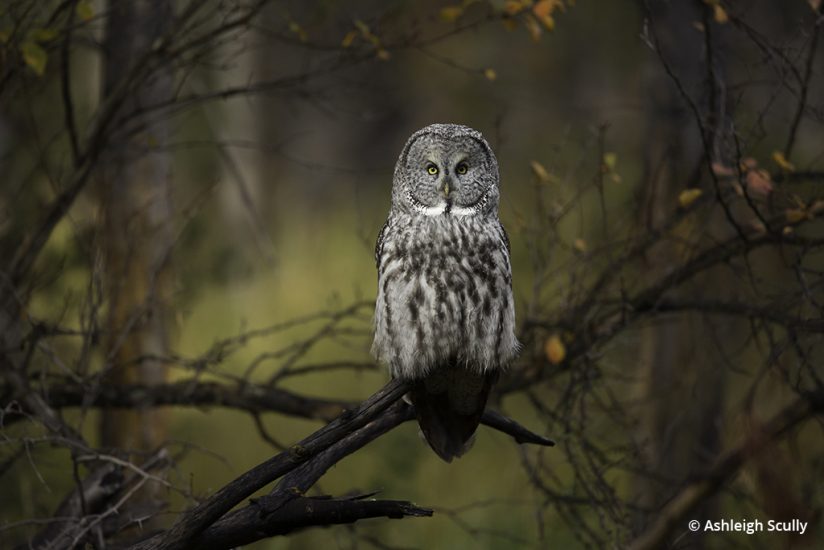
Scully and her family live in New Jersey, and she is happy to photograph the wildlife she encounters near her home. But her family spends considerable time in Wyoming as well, where her wildlife options are much different than at home. She’s made some of her favorite images there, such as the image of the great gray owl in autumn or the red fox curled up on a snow bank.
“I really do love that pale great gray,” she says, “sitting in all the fall foliage. I was looking for great grays deep in the woods in Wyoming, I knew there were supposed to be lots of owls and black bear back there. I went on a hike with Melissa Groo and kind of stumbled upon this paler great gray, and we hung out with her for a few days and watched her hunt. She didn’t really care that we were there, as long as we kept a reasonable distance. She just flew to the most beautiful perches. She was super-photogenic, and I just love how simple that photo is with the fall foliage. And although it’s not totally conservation based, it is one of my favorites just because of how simple it is.
“For the fox, I was in Colter Bay in Wyoming,” Scully says, “probably half an hour from our place in Jackson, and they really have a problem up there with the ice fishermen feeding foxes. So they were pretty tolerant and would kind of jump up on the snow banks a lot. They’ve relocated them now and kind of handled the issue, but they used to be super photogenic, and so we’d drive up there and then keep as much distance as possible from them without them getting any closer. Most of the time, they would just sleep on the snow banks. I love that shot because you can see the little tooth; he has one tooth coming out.”
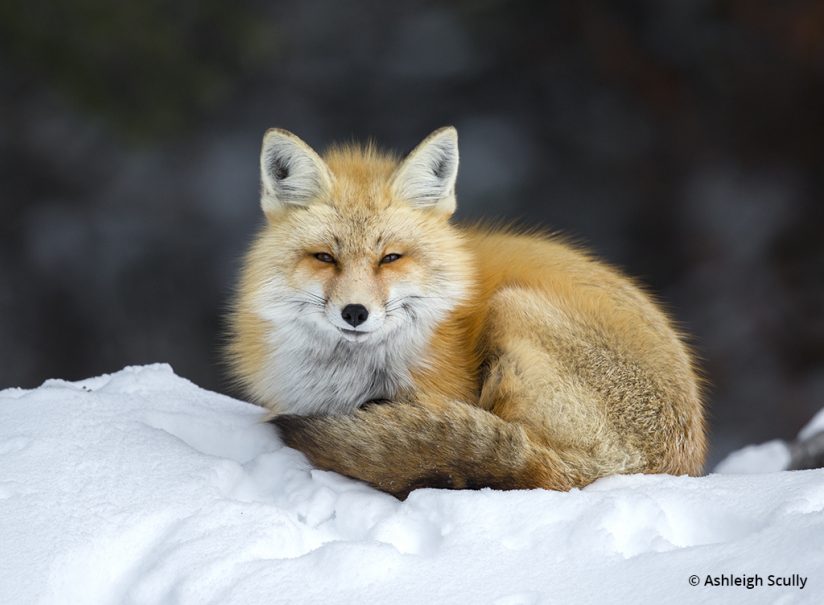
For a good photographic opportunity, Scully is willing and eager to travel far afield. She’s been to Yellowstone and Grand Teton, photographed bear in Alaska’s Lake Clark National Park, and traveled with National Geographic’s Canadian Arctic Expedition to photograph polar bears on Hudson Bay. She’s even been to Africa.
“The picture of the cheetah mom with her cub,” Scully says, “with the mom lying down and looking away and the baby peeking over her, that was in Tanzania. What I love most about that photo is the mom’s expression. Although it sometimes bothers me—or most of the time bothers me—that she’s not actually looking at the camera, it’s the fact that she’s lying here in the middle of this open plain, and she’s so comfortable with us that she has her head turned away from us. And, I mean, cheetahs have so many predators out there, especially a mom with a young cub. And the mom’s ears are back because she’s listening to us but also watching out for other predators. She’s multitasking, but because she has her head turned away, her face turned away from us, she’s more comfortable with us. And then I just love the baby’s expression, the innocence.”
It may have been her only trip to the continent or the first of many in a lifetime to be filled with travel and wildlife photography. Either way, Scully is content right now to be a talented high school student who gets to spend plenty of time outdoors, photographing animals and making a difference with her camera.
See more of Ashleigh Scully’s work at ashleighscullyphotography.com.
The post Leading The Field appeared first on Outdoor Photographer.

